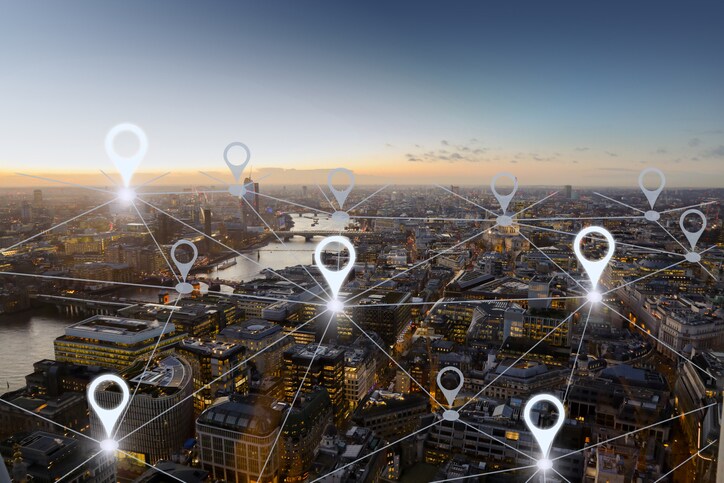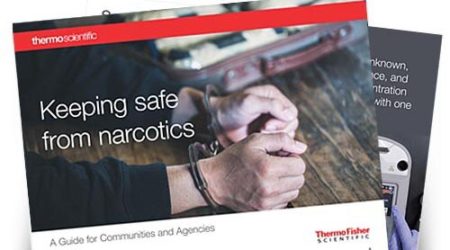 If you don’t work at a nuclear power plant, is there really any reason to detect and measure radiation? Here are six places you probably never thought of, and some previous articles we wrote regarding radiological threats:
If you don’t work at a nuclear power plant, is there really any reason to detect and measure radiation? Here are six places you probably never thought of, and some previous articles we wrote regarding radiological threats:
- Parade Routes: In addition to the thousands of uniformed and plainclothes officers, bomb-sniffing dogs and officers with assault weapons who walk among the crowds at the Thanksgiving Day Parade in New York City, Mardi Gras events in New Orleans, and other highly attended parades, you can also find portable radiation detectors. Police officers wear personal radiation detectors as a primary means of locating sources as they walk the event. The instruments use patented Natural Background Rejection (NBR) technology, to detect, locate, and identify radioactive nuclides such as nuclear weapons, dirty bombs, and orphaned or purposely masked sources while eliminating typical nuisance alarms from the natural environment such as granite buildings, underpasses, tunnels and subway systems.
- Holiday Crowds: If you are at a crowded holiday event, like a New Year’s Eve celebration, or ride the subway in that area, you may not even notice the officers in plain clothes walking around with backpacks; but these special radiation detection backpacks actually monitor the area to rapidly locate and detect gamma-emitting radioactive sources in large areas.
- Sporting Events: Large sporting events are high-risk targets for malicious radiation threats. Where are the best places to monitor fans, do baseline scanning, and set up remote monitoring — and what technology is available?
- Take a look at this Sporting Event Radiation Event Scenario map with markers for safety and security radiation monitoring points.
- Medical Facilities: Gamma surveys are used when one needs an extended energy range such as establishing hot and warm zones. Nuclear medicine personnel who work with medical isotopes or in facilities that use radiation need to monitor their risk of exposure at all times. The instruments are usually portable and highly accurate with excellent dose rate energy response. The instruments display Gamma count rate, dose rate, accumulated dose, stay time, and peak values.
- Scrap Metal Yards: Unwanted radioactive material, also known as orphan sources, refers to sealed sources of radioactive material. Sources enter our scrap metal stream, but now we need to find a way to identify them and keep them out before they do harm. There are automatic scrap monitoring systems that monitor vehicles entering the scrap yard, or processes within the facility, and provide accurate, reliable detection of radiation sources commonly found in scrap metal.
- Our Transportation Network: Spent radioactive fuel must be safely transported over thousands of miles from reactor sites for reprocessing or disposal. Any workers involved in the transport, including drivers and handlers, should carry personal portable radiation detection and identification instruments. Cities and towns along the route may also want to have spectroscopic area monitors in their fleet of response tools. These autonomous monitors can be placed in a dangerous dose rate area and automatically and wirelessly transmit the radiation data collected, minimizing the radiation dose exposure of first responders without impacting the quality and frequency of data collection.
Please don’t think we are trying to frighten the public. We don’t believes that radiation education is fear mongering. Radiation detection and measurement is just another safety precaution that should be addressed by all communities. Safety and security personnel should be able to detect, localize, identify, and measure radioactivity in any scenario. And the first step is being knowledgeable enough to know where the radiation concerns could be located.
Want to get prepared? You can download a 5-Step Radiation Preparedness document here.






Leave a Reply